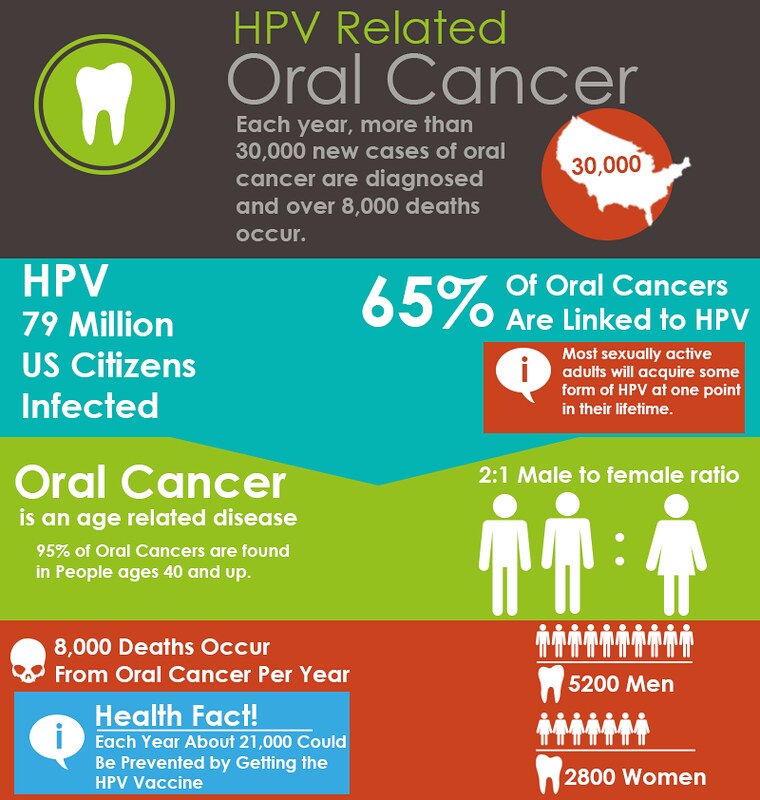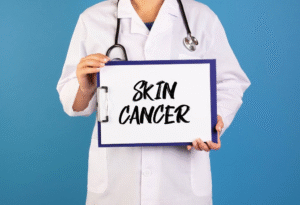Recent research has uncovered a significant rise in oral cancer cases among individuals who do not use tobacco. Traditionally, tobacco use was the leading cause, but emerging studies show that non-tobacco users are now being increasingly diagnosed with this deadly disease.
This article explores the growing trend of oral cancer in non-tobacco users, highlighting key risk factors, the importance of early detection, and possible prevention strategies.
The Surprising Increase in Non-Tobacco Related Oral Cancer
Oral cancer has long been associated with tobacco use, but recent findings have shown a surprising increase in cases among non-tobacco users. This shift suggests that other factors, such as HPV infection, alcohol use, and poor lifestyle choices, may be contributing to the rise in oral cancer diagnoses.

The link between HPV and oral cancer, especially oropharyngeal cancers, has gained attention. HPV, typically transmitted through sexual activity, is now recognized as a significant factor in the growing number of oral cancer cases among non-smokers.
Lifestyle and Environmental Risk Factors
Several lifestyle factors are now recognized as key contributors to the rising rates of oral cancer. Alcohol consumption, poor diet, and lack of oral hygiene are primary risk factors. Excessive alcohol use, in particular, is strongly linked to oral cancer, especially when combined with other risk factors like poor diet and vitamin deficiencies.
Additionally, environmental exposures—such as pollution and chemicals—have been identified as contributors to cancer risk. Even without tobacco use, long-term exposure to harmful substances can increase the likelihood of developing oral cancer.
The Critical Role of Early Detection
As oral cancer cases among non-tobacco users rise, early detection becomes even more crucial. The earlier oral cancer is diagnosed, the higher the chances of effective treatment and survival. Routine dental screenings are key to identifying early signs, and it is vital for individuals, especially those at higher risk, to seek regular check-ups.
Raising awareness about the importance of early detection can help reduce the death rate from oral cancer. Simple steps, such as looking for changes in the mouth and seeking professional evaluations, can make a significant difference.
HPV Vaccination: A Preventative Solution
HPV vaccines, which have proven effective in preventing several types of cancer, are gaining attention as a potential tool in reducing the incidence of oral cancer. Vaccination programs targeting both boys and girls at an early age could play a key role in preventing HPV-related oral cancers.
Widespread vaccination could reduce the number of new cases, especially in younger populations, who are increasingly at risk of HPV-related oral cancer.
Public Health Efforts and Awareness
Given the increase in oral cancer cases among non-tobacco users, public health campaigns need to focus on educating individuals about lifestyle choices and the importance of regular screenings. Health organizations should promote the role of early detection, lifestyle changes, and the benefits of HPV vaccination to curb the rise in cases.
Read About : Mental health crucial for India’s future workforce: Economic Survey 2025.
Visit Us at : https://g.co/kgs/rTqAjgt





